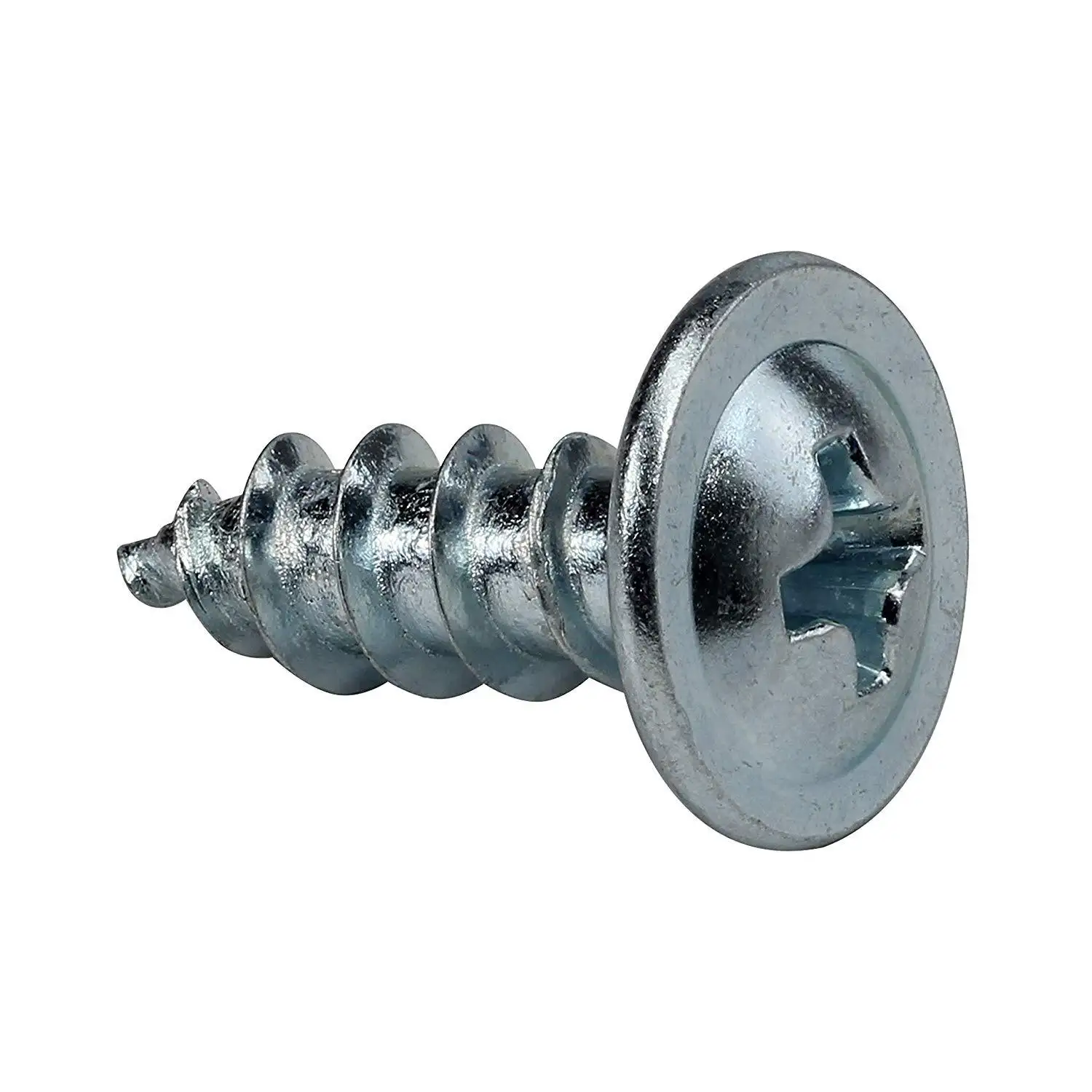Differences Between Self-Drilling Screws and Self-Tapping Screws for Your Projects
Self-Drilling Screws vs. Self-Tapping Screws A Comprehensive Comparison
When it comes to construction and manufacturing, the choice of fasteners significantly impacts the durability and effectiveness of the final product. Among the many types of fasteners available, self-drilling screws and self-tapping screws are popular choices, each with unique properties suited for various applications. Understanding the distinctions between these two types of screws can help manufacturers and builders make informed decisions that enhance their projects' performance and longevity.
What are Self-Drilling Screws?
Self-drilling screws, often referred to as Tek screws, are designed to drill their own holes in the material into which they are driven. They feature a drill bit-like point that allows them to penetrate metal, wood, and even certain types of plastic without the need for pre-drilling. This making-the-process-efficient characteristic makes self-drilling screws particularly popular in roofing, siding, and metal applications where speed and precision are essential.
The key advantage of self-drilling screws is their ability to create a hole while securing the material in place, which can save time and labor costs in large projects. Additionally, since they eliminate the need for pilot holes, they reduce the risk of misalignment that can occur when pre-drilling.
What are Self-Tapping Screws?
On the other hand, self-tapping screws are designed to tap their own threads into pre-drilled or pre-punched holes in a material. These screws have a sharp tip that cuts through the material, creating threads as they are driven in. Self-tapping screws can be used in a wide range of substrates, including plastic, wood, and metal, though they are often used in softer materials.
self drilling screw vs self tapping screw company

Self-tapping screws are favored for their ability to create secure connections in instances where precise threading is necessary. Unlike self-drilling screws, they require a pilot hole, particularly when working with harder materials. However, they can also be used in conjunction with a pre-existing hole to ensure a tighter fit and avoid damaging the material.
Comparative Advantages
When comparing self-drilling screws and self-tapping screws, it is essential to consider their respective advantages. Self-drilling screws are lauded for their ease of use and time savings during installation. Large construction projects that require fastening metal sheets or components often prefer self-drilling screws to ensure efficiency without compromising the integrity of the materials.
Conversely, self-tapping screws offer more flexibility in application, making them suitable for projects that involve a variety of materials. Their ability to create precise threads allows for stronger connections, particularly in applications that require robustness and stability – such as in the automotive or manufacturing industries.
Applications and Choosing the Right Screw
Choosing between self-drilling and self-tapping screws largely depends on the specific requirements of the project at hand. Self-drilling screws are ideal for projects involving metal or thick materials where speed and efficiency are critical. In contrast, self-tapping screws are better suited for materials that require a tightly secured fit without the risk of causing damage during installation.
Ultimately, both self-drilling and self-tapping screws play vital roles in construction and manufacturing, each offering distinct advantages based on the type of material and application. It is crucial for contractors, builders, and manufacturers to assess their specific needs and the characteristics of the materials they are working with before making a final decision. By selecting the appropriate type of screw, they can ensure the success and sustainability of their projects, paving the way for quality craftsmanship in the industry.
-
Top Choices for Plasterboard FixingNewsDec.26,2024
-
The Versatility of Specialty WashersNewsDec.26,2024
-
Secure Your ProjectsNewsDec.26,2024
-
Essential Screws for Chipboard Flooring ProjectsNewsDec.26,2024
-
Choosing the Right Drywall ScrewsNewsDec.26,2024
-
Black Phosphate Screws for Superior PerformanceNewsDec.26,2024
-
The Versatile Choice of Nylon Flat Washers for Your NeedsNewsDec.18,2024










